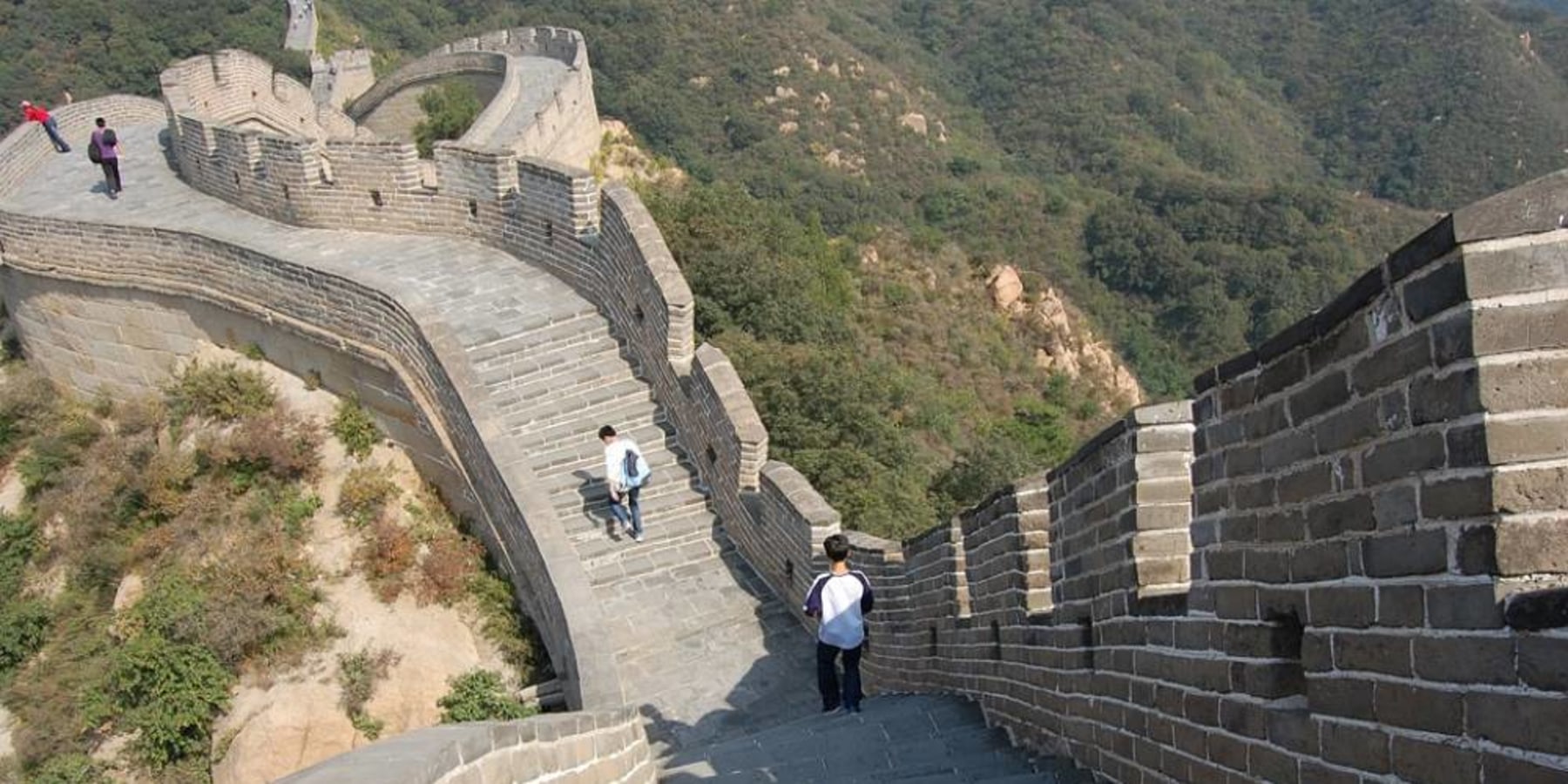The Great Wall of China.
The Great Wall of China have more than 2000 Years history.
During the spring and autumn period (770 BC - 476 BC).
Is generally thought that the first part of the Great Wall is built in the spring and autumn period, when the eastern and central parts of China is now made many small countries or emirate.
These countries ruled by the zhou dynasty (1045-256 BC) the king a feudal system operation.To protect their national leader ordered the construction of the independent state of wall along the border.In the construction such as the Great Wall, but on a smaller scale.
During the warring states period (475 BC - 221 BC)
As a hostile countries compete for territory and power, Zhou Guowang abate.Small states by warlords began during the warring states period seven United States (chu, qi, wei, yan, han, zhao, qin ).Each country has its own defence wall, like a few short wall.Please refer to the following figure.
The Qin Dynasty (221-206 BC)
The outcome of the Warring States Period was that the State of Qin proved to be the stronger, conquering and unifying the other states. Qin Shihuang (king of the State of Qin from 247-221 BC) became the first emperor of China and ruled China for most of the short Qin Dynasty.
Emperor Qin Shihuang ordered that the northern sections of wall on state borders, especially the walls in the northern part of China built by the states of Qin, Zhao and Yan, be joined together to form a unified line of defense against Mongol harassment from the north, the first Great Wall. Other state border walls became obsolete in a unified China and were subsequently eroded or dismantled.
When it was finished, the total length of wall exceeded 5,000 kilometers (3,100 miles), and became known as the 10,000-Li-Long-Wall (one li is 0.5 km). The Qin Great Wall wound its way from Linrao, Gansu Province in the west to the Liaodong Peninsula, Liaoning Province.
The Han Dynasty (206 BC -220 AD)
After Qin Shihuang's death in 210 BC, the Qin Dynasty failed to maintain its authority and was replaced by the Han Dynasty. It was one of the golden ages of China when the nation was consolidated.
The northern fortifications were strengthened and lengthened, with sections of wall running parallel for hundreds of kilometers and interlinking along the Inner Mongolian border. The Han Dynasty Great Wall from Liaodao in the east to Lop Nur in the west was the longest the Great Wall has ever been at more than 8,000 km (5,000 miles). The total lengthincluded many branching walls, natural barriers and trenches.
Other Feudal Dynasties (220-960)
The construction and maintenance of the Great Wall continued for nearly all the Chinese feudal dynasties. The smaller and less powerful dynasties of North Wei, North Qi, East Wei and North Zhou all spent a lot on the Great Wall. The Sui Dynasty (581-618) saw extensive rebuilding of the Great Wall, while the following Tang Dynasty (618-907), the culmination of China's feudal age, didn't do any work on the Great wall owing to its superior power and advantage over its northern nomad neighbors.
The Song Dynasty (960-1279)
The Song Dynasty, known for its development of China's economy and trade, had a history of building the Great Wall to prevent invasions of Liao, Western Xia and Jin in the north and northwest. The Jin, or Manchus, however did get through the Great Wall and controlled the north of China during the Jin Dynasty (1115-1234). The Jin Great Wall was unable to stop the vast Mongol Empire invading consuming China and beginning the Yuan Dynasty.
The Yuan Dynasty (1271-1368)
The Yuan Dynasty was the first dynasty in which the whole of China was controlled by a non-Han people, the Mongols. The Great Wall had done a good job of preserving Han China for 1500 years. Building of the Great Wall, not surprisingly, ceased during the Yuan Dynasty, as China and Mongolia to the north were one.
The Ming Dynasty (1368-1644)
When the Yuan Dynasty collapsed due to civil unrest the Chinese Han once again took control under the command of rebel leader Zhu Yuanzhang, who became the first emperor of the Ming Dynasty. China flourished during the Ming Dynasty and its military might swell. The Great Wall was rebuilt in a 100 year project to prevent further northern invasion.
The walls close to Beijing like the Badaling Section, Mutianu Section were built during the Ming Dynasty.
Post-Ming History (1644-present)
A breach in the Great Wall at Shanhai Pass in 1644 by Manchu forces signaled the end of Han control in China for the last and final Chinese dynasty, the Qing Dynasty (1644-1911). It also signaled the end of construction and maintenance of the Great Wall, until the Badaling section was restored by the government of the Peoples' Republic of China, and opened to the public in 1955 as a tourist attraction. Since then other sections have been restored and opened to the public, for example at Mutianyu and Huangya Pass.
See "Great Wall Sections by Region" for a full menu of Great Wall sections open to the public.

